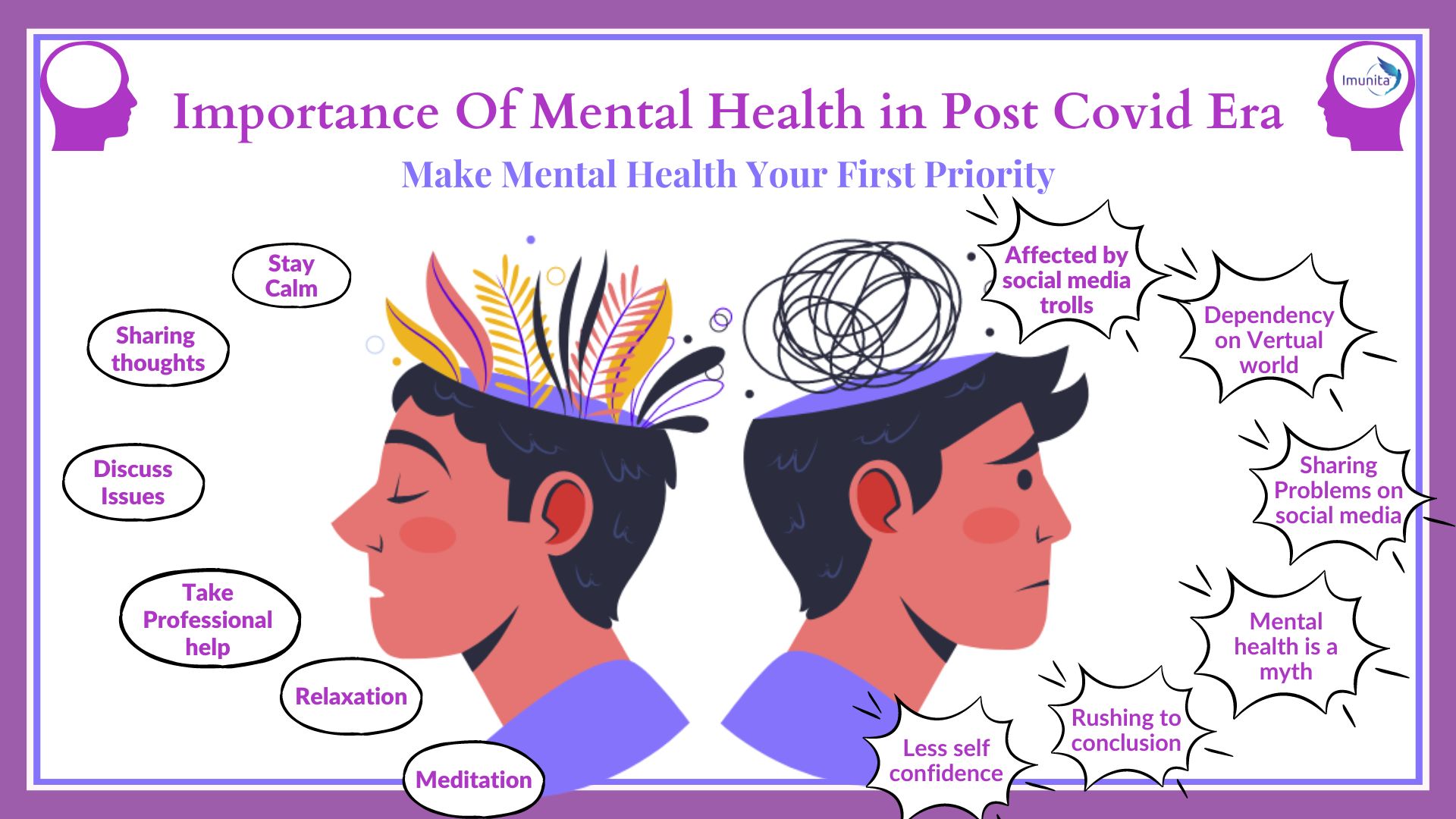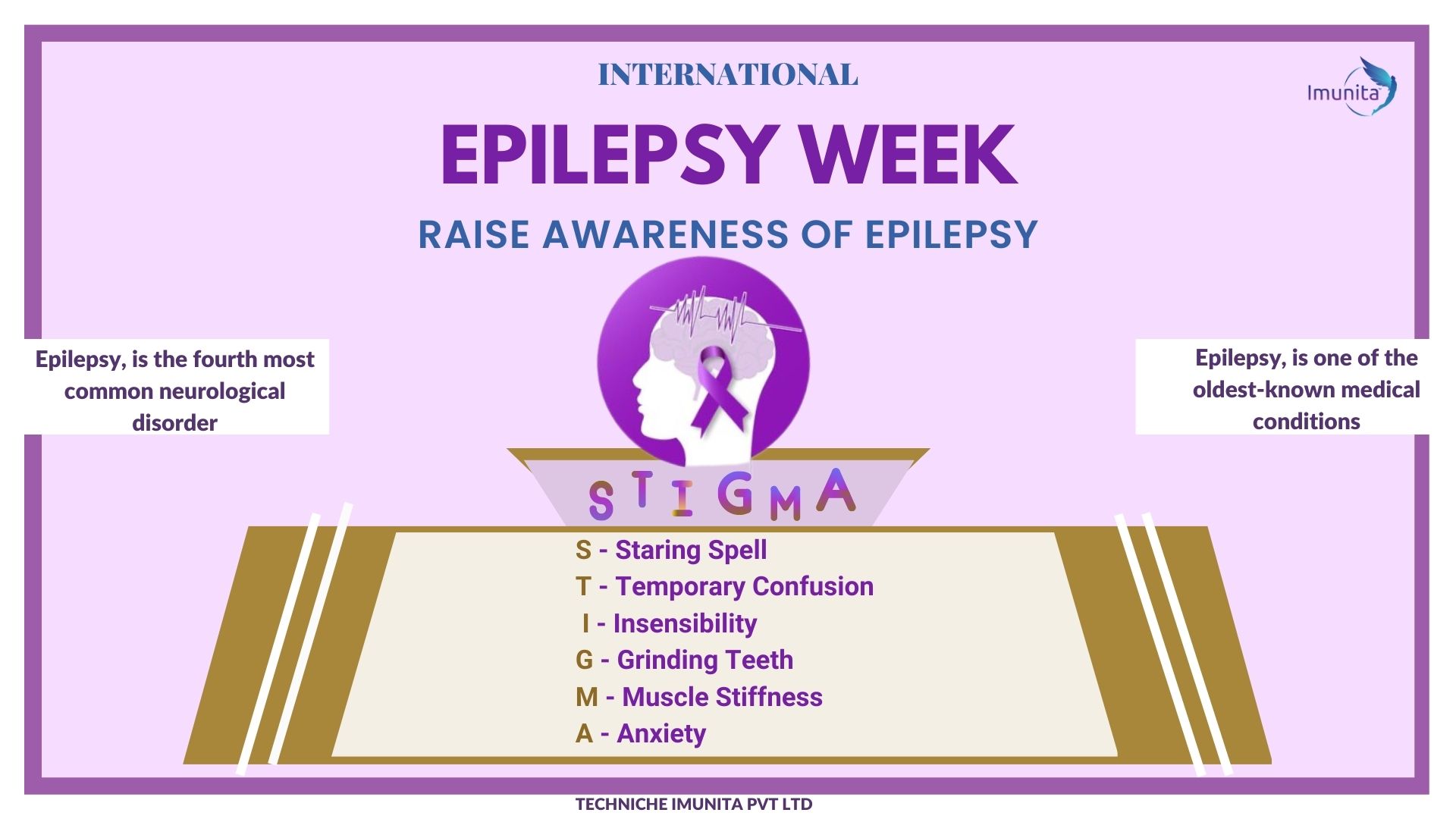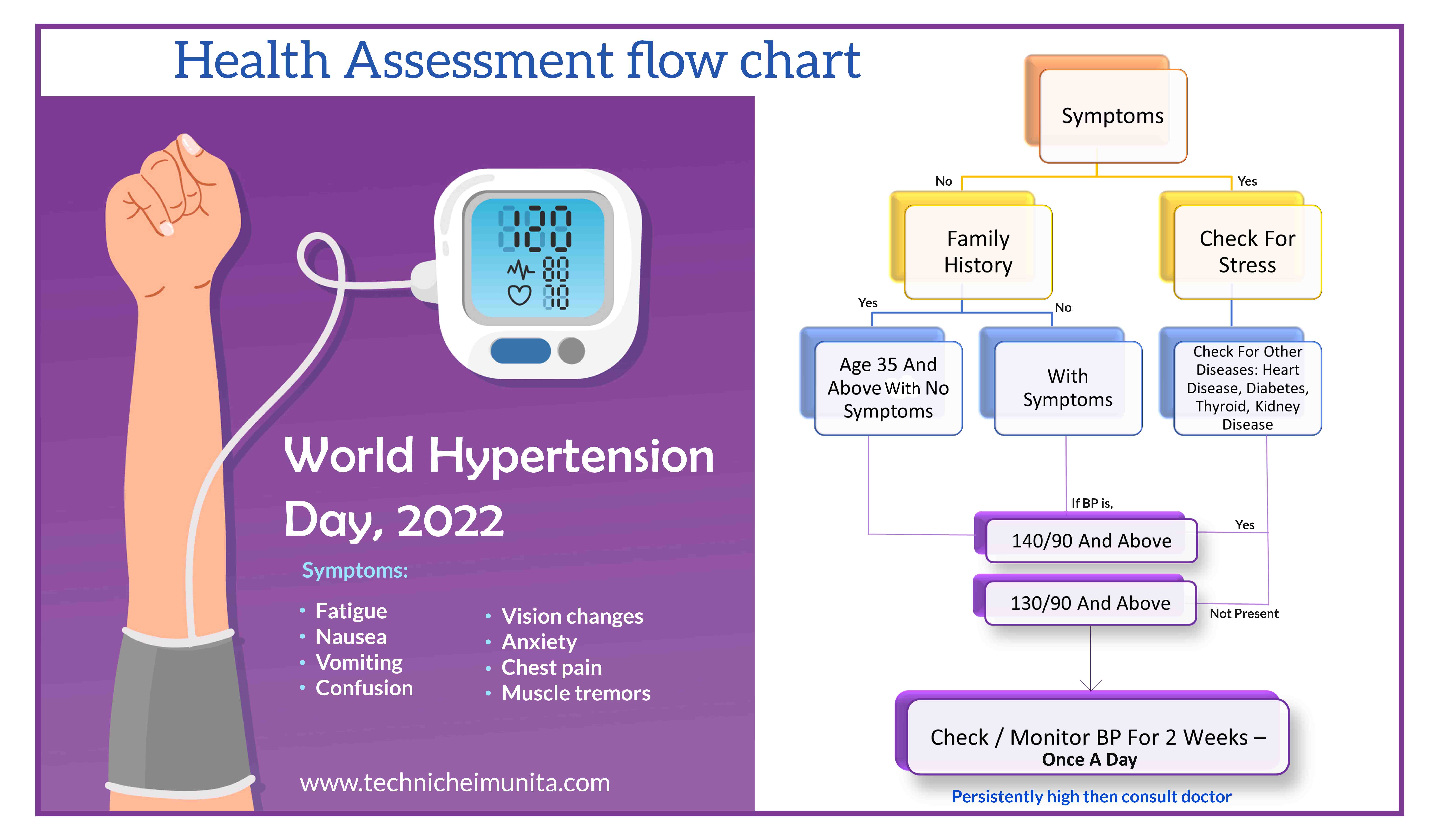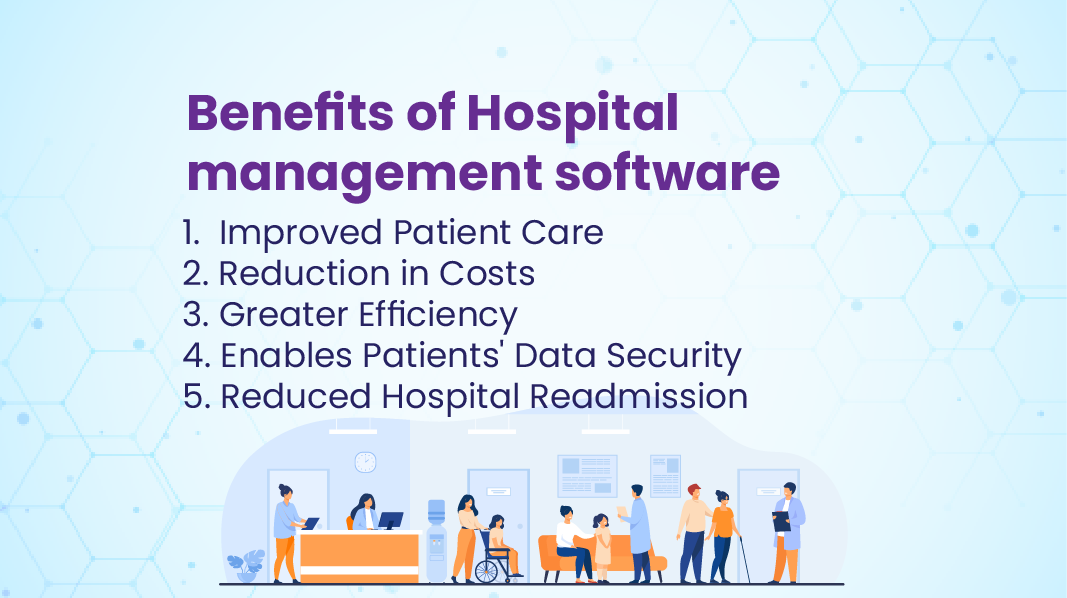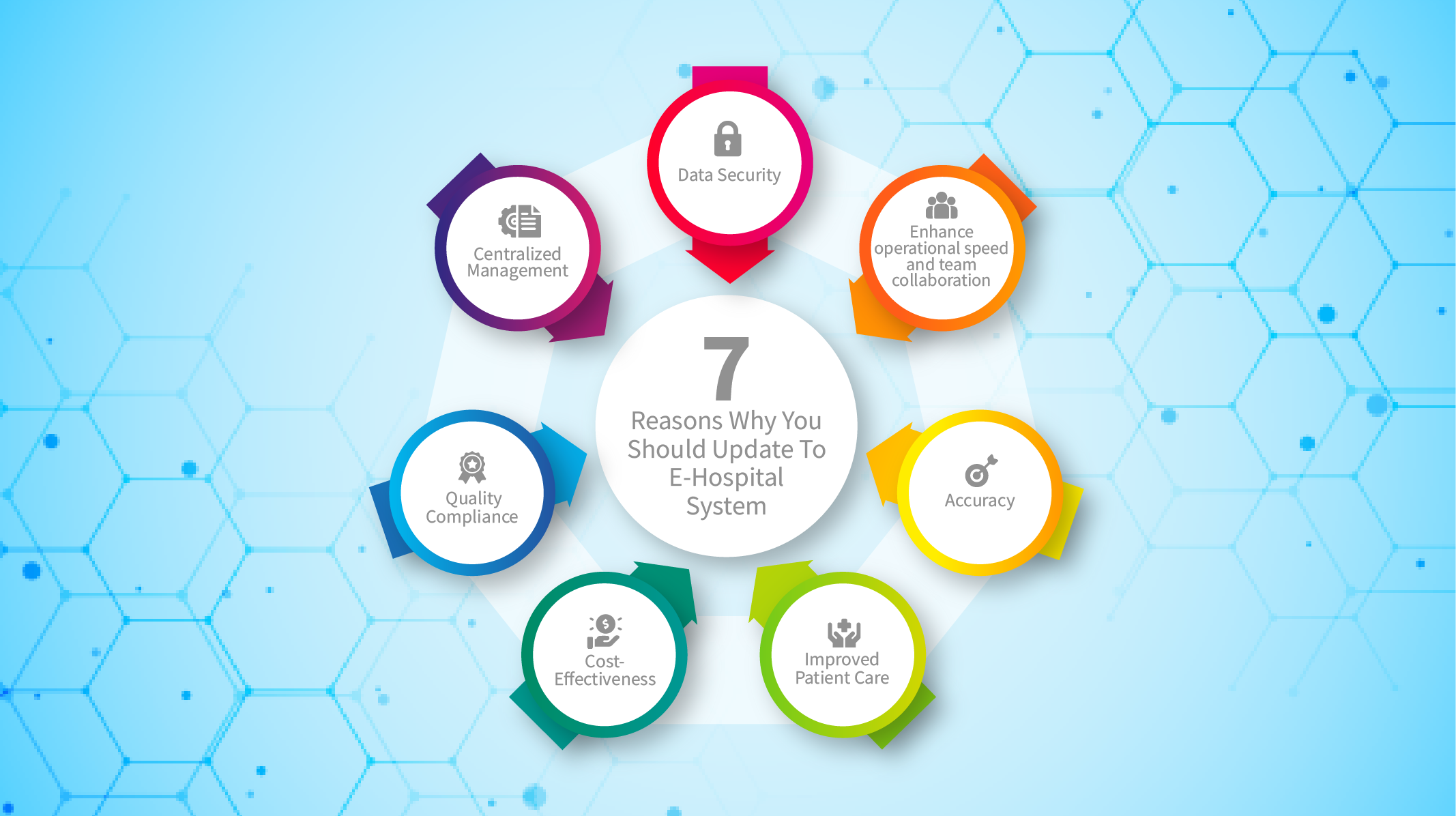In the wake of the COVID-19 pandemic, mental health issues have been rising at an alarming rate. People are experiencing mental health issues at a much higher rate than before due to interrupted mental health services and isolation from loved ones. It was observed that strict lockdowns and a rise in death rates caused a severe effect on the minds of the people. Many people lost their dear ones, and many committed suicides due to fear of the disease. Those who were already suffering from anxiety and depression found themselves even more overwhelmed during this time. The increased prevalence of mental health conditions has led to a rise in risk factors for those already suffering and new individuals who may be struggling with symptoms for the first time. In India, roughly, about 56 million Indians suffer from depression, and 38 million suffer from an anxiety disorder. As per the National Mental Health Survey conducted by NIMHANS in 2016, nearly 14% of India’s population required active therapeutic interventions while as per the data, about 70% to 80% of persons in India struggling with mental illness receive no care. As per the survey evidence-based treatment is received by only one out of every ten people in India suffering from mental health issues.
The COVID-19 pandemic in India is a part of the mass emergency in the world. During this emergency, India has faced many Issues like Mass lockdowns, unemployment, financial losses, fear and anxiety, death of dear ones, ever-increasing active COVID-19 cases, and many more. The COVID-19 pandemic in India came along with many myths and misconceptions resulting in Mental and Physical imbalances in the people.
India has implemented several stages of lockdowns since the outbreak of the COVID-19 pandemic in early 2020. The lockdowns have varied in severity and duration, and have been implemented at the national and state levels.
- Nationwide lockdown: In March 2020, the Indian government declared a nationwide lockdown, which lasted for 21 days. The lockdown was implemented to slow the spread of COVID-19 and included restrictions on travel, gatherings, and non-essential businesses.
- Relaxed lockdown: After the initial 21-day lockdown, the Indian government relaxed restrictions, allowing certain businesses and activities to resume. However, many restrictions remained in place, including restrictions on large gatherings and international travel.
- Second-wave lockdown: In November 2021, India experienced a second wave of COVID-19 cases, leading to the implementation of localized lockdowns in several states. These lockdowns varied in severity, with some states implementing complete lockdowns and others implementing more relaxed restrictions.
- Gradual reopening: As the number of COVID-19 cases began to decline in late 2021, the Indian government gradually lifted restrictions and allowed more businesses and activities to resume.
It's important to note that the stages of lockdown in India have been subject to change based on the evolving situation with COVID-19, and may vary from state to state. These Lockdowns were imposed as a measure to curb the spread of the COVID-19 pandemic. Some of the problems associated with the lockdowns in India include:
- Economic impact: Lockdowns have resulted in widespread job losses and reduced economic activity, particularly in the informal sector, leading to significant financial hardship for many individuals and businesses.
- Health impact: The lockdown has also had negative consequences for mental and physical health, with people being confined to their homes for extended periods and facing stress and anxiety.
- Supply chain disruptions: The lockdowns have disrupted supply chains, leading to shortages of essential goods and increased prices for consumers.
- Educational impact: The lockdowns have also affected the education sector, with many students being unable to attend school and access to online learning is limited.
- Infrastructure: The lockdowns have put a strain on India's infrastructure, particularly its healthcare system, which has struggled to cope with the surge in COVID-19 cases.
The Covid-19 pandemic has not only had physical effects on people but also mental health effects, with anxiety, depression, and other mood changes being reported to have increased drastically. High levels of anticipatory grief, worry, and anxiety have been linked to an increase in depression. It has also led to an increase in psychological distress, strain, and violence due to the overload of disruptions and increased isolation due to social distancing measures. People also suffered from increased social deprivation due to the lack of services available during this time. Furthermore, this has led to an increase in suicide rates as people struggle with the psychological consequences of this pandemic.
As we enter a post-pandemic era, it is important to track both immediate physical health impacts as well as long-term mental health effects of this crisis. With awareness levels rising, it is also important to ensure that services are available to those who need them once the crisis subsides. We must recognize the role that stress and anxiety can play in influencing different national trends to ensure that risk factors are minimized in the post-pandemic era. Ensuring access to quality healthcare services will help minimize any potential risks and provide support for those who need it most during this time of heightened uncertainty. As we move past this difficult period, we must continue to prioritize our collective mental well-being as much as possible so that we can all thrive in a healthy way when this crisis subsides.
The post-COVID-19 era is a very challenging period for everyone. Studies have shown that there has been an increase in reported psychological distress, including anxiety, stress, depression, panic, and traumatic stress. This is particularly evident in young adults and students who are experiencing significant distress-related symptoms such as depression disorders, anxiety depression, stress disorders, and other prespecified mental health outcomes. Although the pandemic has caused a crisis for individuals and communities alike, it is essential to maintain good mental health by focusing on positive actions. We must ensure that adequate support systems are available to help those struggling with their mental health during this time of crisis. It is essential to provide people with access to appropriate resources such as counseling services or group therapy which can assist in managing distress symptoms such as depression stress or panic anxiety. Additionally, we should ensure that any substance use associated with poor mental health is minimized and treated appropriately if necessary.
In addition to providing resources and support systems for those suffering from poor mental health during the post-COVID-19 era, we should also be proactive in promoting healthy lifestyles which encourage physical activity such as walking or jogging and healthy eating habits. Such activities can help reduce levels of psychological distress while also improving overall well-being among individuals suffering from depression symptoms or traumatic stress disorder. For us to cope with the aftermath of this crisis we must create a safe space for people where they can access mental health services if needed. Mental health professionals should be made available so that those suffering from psychological distress or social isolation can find help. We must also provide support systems such as therapy and counseling so that people can process their feelings in a safe environment without worrying about further disruption or overload. Additionally, we should consider providing light activities such as yoga or meditation classes which will help reduce stress levels.




